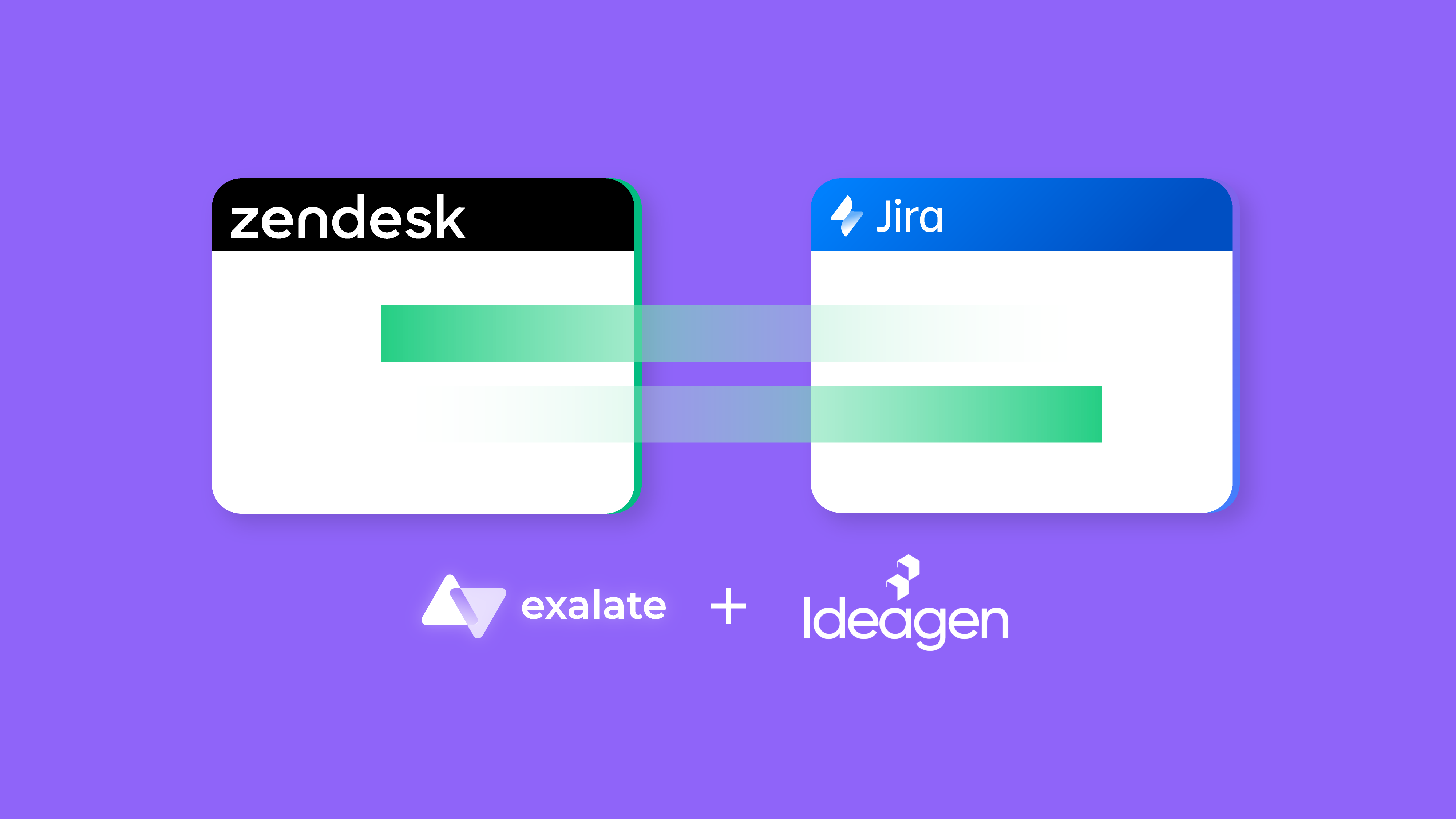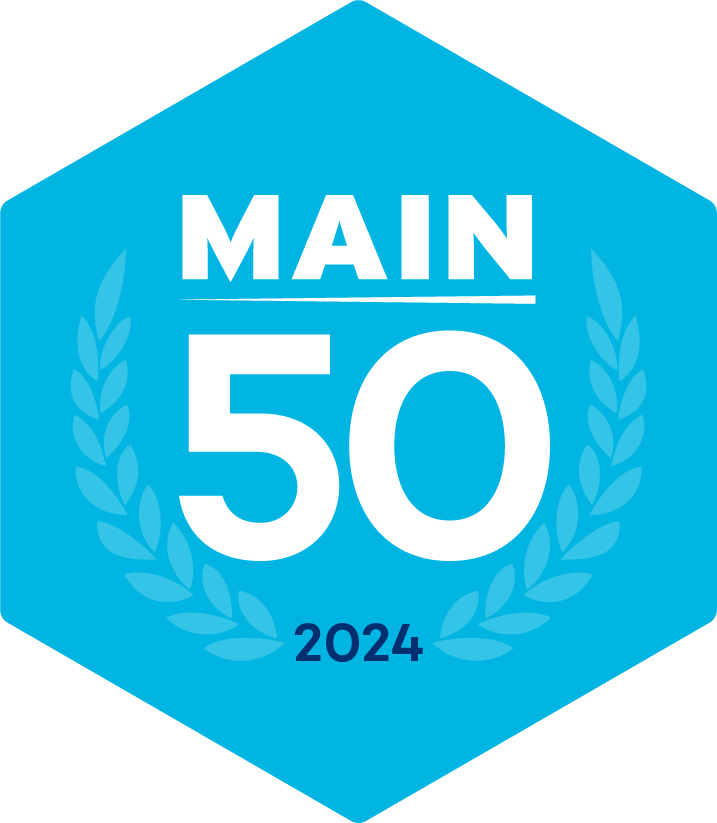This article was written by Alexander Schmidt, Co-Founder and ITIL 4 Trainer at Value Insights.
Have you been wondering about methodologies and frameworks on the market that aim to govern the processes and policies of organizations and how we work? Confused by all the buzzwords like Lean, Agile, Scrum, or Scaling Agile?
Well, you have come to the right place.
In this article, we aim to give you a solid overview of ITIL 4 and why it is the best choice for any Service Management organization.
What is ITIL 4?
Let’s start with the basics. ITIL stands for IT Infrastructure Library and is a collection of best practices in the area of IT Service Management, which has been around since the 1980s. Since then, it has gone through multiple minor and major updates, leading to the current iteration of it, ITIL 4.
This one is actually a huge step forward, as it allows us to adapt our Service Management approach to the high-paced and ever-changing requirements of the IT world, but more about that later.
Main Differences to ITIL v3
For now, we will quickly have a look at the major changes compared to the previous version, ITIL v3 Syllabus 2011, which has been around (you guessed it right) since 2011.
- The Service Lifecycle has been removed and there are now two new major constructs. The Service Value System (SVS) and the Service Value Chain (SVC)
- The 4 Ps (People, Processes, Products, and Partners) are now called “The Four Dimensions of Service Management”
- The Seven Guiding Principles have been included (which is one of the coolest things), introducing a refreshing Lean-Agile mindset into Service Management.
- Processes are now called “Practices” to accommodate the notion that we need to look at them in a more holistic manner, not only as a list of steps that convert input into output.
- And, last but not least, the concept of value co-creation with our customers and stakeholders, instead of the “Customer pays and IT delivers” mindset.
Here’s an article on the latest ITIL 4 changes. And read all about a complete overview of all the IITL 4 elements.
Why is ITIL 4 the best choice in the field of Service Management (Benefits & Advantages)
So why ITIL and not another Service Management framework or methodology?
The answer to that is quite simple. 40 years of experience in all industries around the globe.
As stated before, ITIL has been around since the 1980s. It originates in the UK but has quickly gained a lot of traction in different industries and countries. Over the years, the accumulated knowledge, the changing requirements of the market, and the evolving technology have led to several versions of the framework. All are better and more advanced than the previous one but still include the current best practices and things that have proven to work.
The latest version, ITIL 4, continues this evolution. Obtaining an ITIL 4 Foundation certification ensures that professionals are equipped with up-to-date knowledge and skills to manage modern IT service management challenges effectively.
This said, the current release, ITIL 4, can be the best choice because it also includes the following:
- Guidance on how to adapt Service Management to align with an increasingly Agile world
- Guidance on how to implement ITIL or any other framework/methodology in any organization
- A huge community, supporting any possible struggles you may have on the matter
- The Practice Guides, which are an enormous help when taking the first ITIL steps
- And, last but not least, a wealth of knowledge available on the official axelos.com webpage
You can also have a look at the other alternatives like VeriSM or directly at the Service Management standard ISO20000.
How is ITIL 4 used in Service Management?
Since ITIL 4 is a guidance and not a strict methodology, no rules are telling you what to implement and how to do it exactly. Nevertheless, some good practices will help you on your adventure.
Getting started
Before running, one must learn to walk. Before walking, one must learn to crawl.
This also applies to the implementation of ITIL 4 or any other framework, methodology, or way of working.
Therefore, we should first ensure that we understand the issues of our organization and identify ITIL as the chosen way forward. In case you are struggling with identifying the right problems, I advise you to run a Design Thinking workshop with your management team. The result can be miraculous.
So, let’s assume that based on your experiences, the issues your organization has and the previous section of this article, you are convinced that ITIL 4 is the right way. What’s next?
- Identification of the processes that produce the most issues
Perhaps, your Service Desk sends all the tickets to the second level. Or maybe, your SLAs are always red or you don’t have SLAs at all. What about the ticket resolution rate or customer satisfaction? Are changes tracked and controlled in the right manner, or are they perhaps causing more errors than good?
Interested in ITIL 4 and service desk integration? Listen to this Integration Talks episode.
- Run a maturity assessment
For example, check out the CMMI one to see where you stand now, what the next level of maturity would be, and to understand how to get there.
- Get your people trained
It may sound trivial, but there is more to it than you would think at first glance. You would not believe me if I told you how much time I have spent in meetings, discussing completely trivial terminology (or at least trivial if one has some basic ITIL knowledge). Just to give you one example, from a company trying to become more agile but still having more “traditional” processes in place:
“Why do we need ‘Change Tickets’ if we have ‘User Stories’?” And I keep telling them that these can be seen as the same thing.
- And if nothing works, get external help
Sure, consultants are expensive, but if you get the right ones, they are totally worth the investment. Especially if you find ones with enough implementation experience, who know the little pain points of your stakeholders and understand how to handle organizational change. Never neglect organizational change, as “Culture eats strategy for breakfast”.
ITIL 4 and Service Management: Best Practices/ Tips
Needless to say, you should set yourself realistic goals for the implementation of ITIL 4 within your organization.
- Study and apply the ITIL 4 Guiding Principles:
- Focus on value
kill activities you have been doing since forever but have not brought any value to anyone. - Start where you are
Reuse resources whenever possible. - Progress iteratively with feedback
Take baby steps and learn by doing. - Collaborate and promote visibility
Engage with your stakeholders and identify bottlenecks. - Think and work holistically
Remove silo thinking and keep the greater system in mind whatever you are doing. - Keep it simple and practical
Don’t overcomplicate things. You don’t need gold plating. Barely good enough is good enough. Follow the Pareto Principle. - Optimize and Automate
Maximize the value of human work by automating everything else in an economical manner.
- Focus on value
- Find synergies between ITIL and other frameworks, methodologies, and schools of thought. Just because “we are using Scrum” or “we are not an IT company” doesn’t mean we could not utilize the guidance found in ITIL. Read more about it.
- Embrace the change and ensure leadership support, because if senior managers do not stand behind the idea, it will die before it can fly. Also, pay special attention to mid-level management. They have a special potential to kill cool initiatives by smiling toward the top level and still doing whatever they want in their teams.
- Celebrate your wins, even if they are small ones to keep up the motivation and appetite for change within the teams. It can be frustrating to switch to a new way of working, and there will always be some nay-sayers. Try to give them important roles in the transformation and allow them some “creativity” within their own boundaries. Once the first little success stories start showing up, take them and celebrate them in the teams.
A very good place and time for this is the Sprint Review (See? Another synergy between ITIL and Scrum…as I can and should implement ITIL 4 using the iterative approach of Scrum).
How to get certified
ITIL is an official trademark owned by AXELOS, and the right to certify people is owned by their partner, PeopleCert. So, if you want to jump into the exciting world of ITIL and get proof of your skills, the ITIL 4 Foundation certificate would be your first step. Let’s see how that works.
Foundation
First things first, you would need to gather the necessary knowledge to pass the exam. Since it is an entry-level certification, you would mostly need to know about the basics, like the terminology, the Service Value System, the Service Value Chain, and the Seven Guiding Principles, and you would need to have an understanding of the purpose of the Practices (formerly known as processes). The best thing would be to attend an official course, delivered by an accredited trainer.
After that, you have two options:
- Continue with some self-paced extra preparation, utilizing the many resources available online. To make it easier for you, here is a little selection:
- Jump into the exam with PeopleCert (you can book it on your own, or you can go through your training provider). The price for the online exam is approx. EUR 300 and you can take it anytime and anywhere. Find out more.
And, last but not least, once you pass the exam, you should claim your cool digital badge which earns you all the bragging rights on social media.
And Beyond (the Advanced Courses)
So, you have put a check on the ITIL 4 Foundation exam, but what now?
You can have a look at the official ITIL 4 certification scheme to decide the next step.
- You can either start by becoming a Managing Professional
- Or you can jump into the Strategic Leader dedication
The Managing Professional (MP) dedication is the right choice for you if you are more interested in the operational and tactical aspects of modern IT Service Management organizations. To achieve this title, you will need to complete four courses and pass their respective exams. Here is the list of courses and a short summary for each:
- Create, Deliver, and Support (CDS)
Learn how the new ITIL framework supports the usage of Value Streams for the creation of IT-enabled products and services, while also managing support activities. - Drive Stakeholder Value (DSV)
Get a deep understanding of all types of engagements between customers, providers, and other stakeholders, and how these are essential for converting demand into actual value. - High Velocity IT (HVIT)
This module sets the focus on how modern organizations can leverage working practices such as Lean and Agile to maximize the value to their customers. - Direct, Plan and Improve (DPI)
This course helps you understand how to apply Lean-Agile thinking to implement a learning culture focusing on Continual Improvement while maintaining a strong strategic direction.
The Strategic Leader (SL) dedication is more relevant for the strategic layer of management within an organization. It mostly concentrates on how to set the right direction and goals. To achieve this title, one must complete two courses and exams, of which one is also part of the Managing Professional curriculum:
- Direct, Plan and Improve (DPI)
This course helps you to understand how to apply Lean-Agile thinking to implement a learning culture focusing on Continual Improvement while maintaining a strong strategic direction. - Digital & IT Strategy (DITS)
Understand how to align the IT Strategy with the Business Strategy, especially in a fast-paced world where market disruption has become an everyday business.
Once you have achieved both the MP and SL dedications, you are eligible to apply for the ITIL 4 Master dedication, but for the time being (March 2021), this program has not been released by AXELOS.
Conclusion
So here we are, at the end of our not-so-short summary of using ITIL 4 for service management. You might ask “Is ITIL 4 the right choice for me?”, and I tell you “Yes, for sure. There is no question about that.”
- It has continuously proven to work for over 4 decades
- It is a leader in all kinds of industries and geographies
- It allows you to use any other methodology/framework in conjunction for best results
- And finally, it is constantly and iteratively improving
Getting certified is fairly easy, at least on the foundation level, and anyone striving for more has a selection of great courses available, dedicated to specific areas of interest.
Don’t miss this chance to dive into the constantly evolving and amazing world of modern ITIL 4 and Service Management and become a member of the ITIL community.
Recommended Reads:







